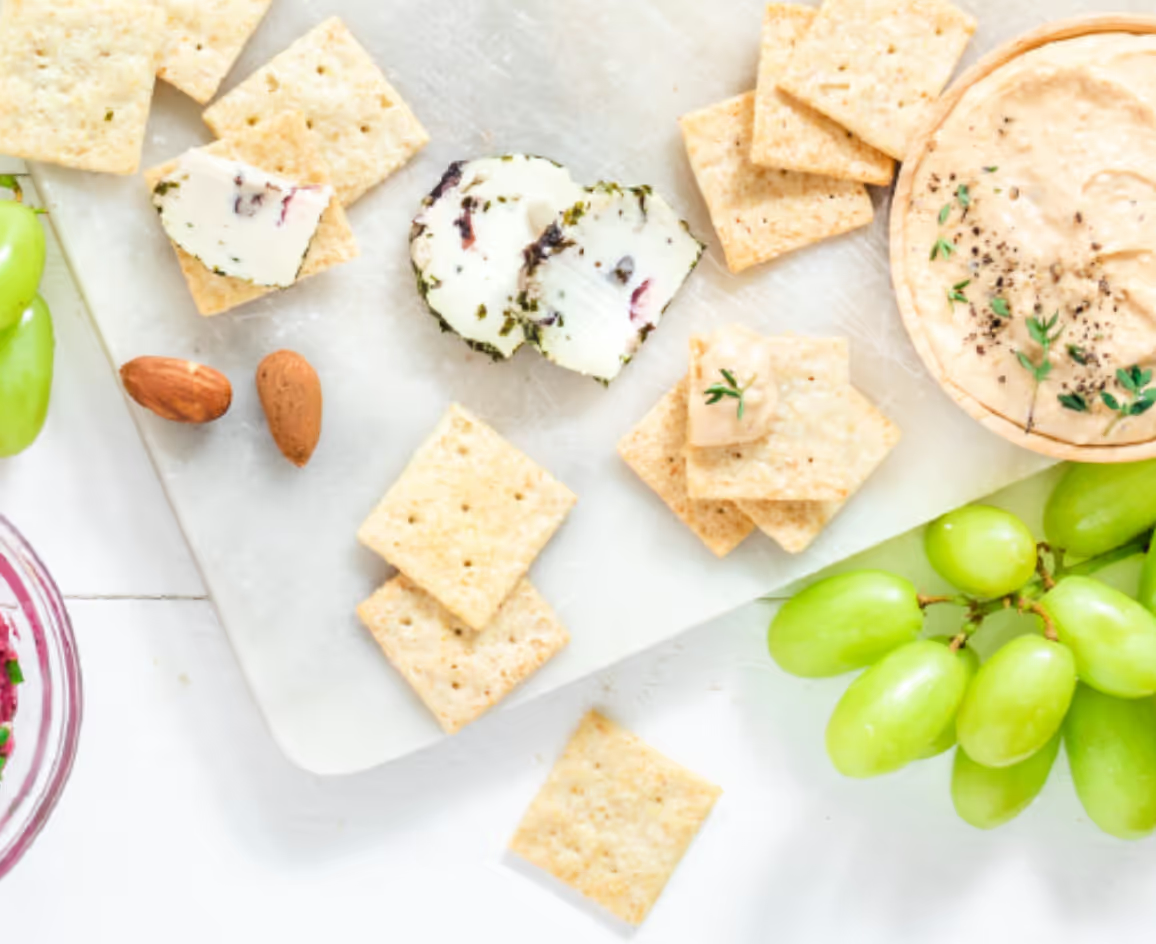A Guide To Iron Rich Foods
Why iron is important and how to increase absorption.

A primary care membership for patients who want more. Primary Care. Nutrition. Wellness. All under one roof.
Iron is a vital mineral that plays a key role in several bodily functions, including oxygen transport, energy production, and immune system support. Ensuring an adequate intake of iron is essential for maintaining overall health and well-being.
Why Iron Matters
Iron is a fundamental component of hemoglobin, the protein in red blood cells responsible for transporting oxygen from the lungs to the rest of the body. Additionally, iron is involved in energy production, cognitive function, and immune system health. Insufficient iron levels can lead to fatigue, weakness, impaired cognitive function, and an increased susceptibility to infections.
Types of Iron
There are two types of dietary iron: heme iron and non-heme iron. Heme iron is found in animal products and is more easily absorbed by the body. Non-heme iron, found in plant-based foods, is absorbed less efficiently.
Tips for Increasing Iron Absorption
Pair with vitamin C
Include fruits like oranges, strawberries, or bell peppers alongside iron-rich meals to enhance absorption.
Why does this work?
Facilitates non-heme iron absorption: Non-heme iron, found in plant-based sources and fortified foods, is not as easily absorbed by the body as heme iron from animal products. Vitamin C, also known as ascorbic acid, converts non-heme iron into a more absorbable form, increasing its bioavailability.
Forms soluble complexes: Vitamin C forms soluble complexes with non-heme iron, preventing the formation of insoluble compounds that might hinder absorption. This increased solubility makes it easier for the body to take in the iron from the digestive tract into the bloodstream.
Reduces iron to more absorbable form: Vitamin C has the ability to reduce ferric iron (Fe^3+) to ferrous iron (Fe^2+), which is a more absorbable form. This reduction process is essential for the efficient absorption of non-heme iron in the intestines.
Counteracts inhibitors: Some compounds in foods, such as phytates and tannins, can inhibit iron absorption. Vitamin C counteracts the effects of these inhibitors, helping the body absorb more iron from the consumed food.
Examples of Iron and Vitamin C Pairings:
- Iron-fortified cereal with strawberries or orange slices.
- Spinach salad with tomatoes and bell peppers.
- Lentil soup with a squeeze of lemon.
- Chickpea curry with a side of citrus fruits.
Try cooking in cast iron
Cooking acidic foods like tomatoes or chili in cast iron cookware can increase the iron content of the dish.
Why does this work?
Iron leaching: When acidic or high-moisture foods are cooked in a cast iron skillet, a small amount of iron from the skillet leaches into the food. This process is more pronounced when the food being cooked is acidic, such as tomatoes or vinegar-based dishes.
Formation of soluble iron: The iron that leaches into the food from the cast iron skillet is in the form of ferrous iron (Fe^2+), which is more soluble and easily absorbed by the body compared to other forms of iron.
Increased bioavailability: The acidic nature of certain foods and the cooking process itself create an environment that enhances the bioavailability of iron. This means that the iron becomes more readily available for absorption in the digestive tract.
Fortification of the dish: Cooking acidic foods in a cast iron skillet effectively fortifies the dish with additional iron, contributing to the overall iron content of the meal.
Avoid calcium-rich foods during meals
Calcium can inhibit non-heme iron absorption, so it's advisable to avoid consuming high-calcium foods with iron-rich meals.
Why does this work?
Competitive absorption: Calcium and iron share a common absorption pathway in the intestines. When consumed together, they can compete for absorption, leading to a decrease in the absorption of both minerals. The body prioritizes calcium absorption over iron, which can be disadvantageous if you're trying to maximize iron absorption.
Formation of insoluble complexes: Calcium can form insoluble complexes with dietary iron, rendering the iron less accessible for absorption. These complexes can pass through the digestive tract without being absorbed into the bloodstream.
Effects on ferritin levels: Calcium has been found to reduce the expression of a protein called DMT1 (divalent metal transporter 1), which is involved in the absorption of non-heme iron. This reduction in DMT1 expression can lead to decreased absorption of iron.
Avoid drinking coffee or tea when consuming iron-rich foods.
Avoiding coffee or tea when consuming iron-rich foods is advisable because both coffee and tea contain compounds, such as tannins and polyphenols, that can inhibit the absorption of non-heme iron, the type of iron found in plant-based sources and fortified foods.
Why does this work?
Tannins binding iron: Tannins, which are naturally occurring compounds in coffee and tea, can bind with iron and form insoluble complexes. These complexes are not easily absorbed by the body, leading to a decrease in the overall absorption of iron from the digestive tract.
Polyphenols inhibiting absorption: Polyphenols, another group of compounds found in coffee and tea, have been shown to interfere with the absorption of non-heme iron. They can reduce the bioavailability of iron by forming complexes with the mineral.
Add in sources of food-based copper:
Adding food-based sources of copper can help with iron absorption due to the role copper plays in facilitating various physiological processes, including the metabolism and utilization of iron.
Why does this work?
Copper-dependent enzymes: Copper is a cofactor for several enzymes, including ceruloplasmin, which plays a role in the mobilization of iron from storage sites (such as the liver) into the bloodstream. Ceruloplasmin also helps convert ferrous iron (Fe^2+) to ferric iron (Fe^3+), which is essential for binding to transferrin, a protein that transports iron through the blood.
Intestinal iron absorption: Copper is involved in the intestinal absorption of iron. It enhances the absorption of non-heme iron, the form of iron found in plant-based sources and fortified foods, by facilitating its uptake into the enterocytes, the cells lining the small intestine.
Iron transport: Copper is involved in the synthesis of heme, the iron-containing component of hemoglobin. Heme is crucial for the formation of hemoglobin, which transports oxygen in red blood cells. Copper contributes to the proper functioning of enzymes involved in heme synthesis.
Iron-rich Foods


If you're curious to learn more about The Lanby, book a free consult call and we'll chat about how The Lanby can be your personalized long term health and wellness partner.

Kendall is a graduate of the University of Mississippi, with a B.A. in Integrated Marketing Communications and a minor in Business Administration. She received her certificate of Nutrition Science from the Friedman School of Nutrition at Tufts University.

Chloe holds a bioengineering degree from the University of Pennsylvania. As a breast cancer survivor, her insights shape The Lanby's patient-centric approach. Leveraging her healthcare strategy background, Chloe pioneers concierge medicine, bridging gaps in primary care.

Tandice was recognized with the Health Law Award and named a Ruth Bader Ginsburg Scholar at Columbia Law School. Tandice's editorial role is enriched by her insights into patient autonomy and gene modification legalities. Passionate about bioethics, she is committed to crafting patient-centric healthcare solutions.





